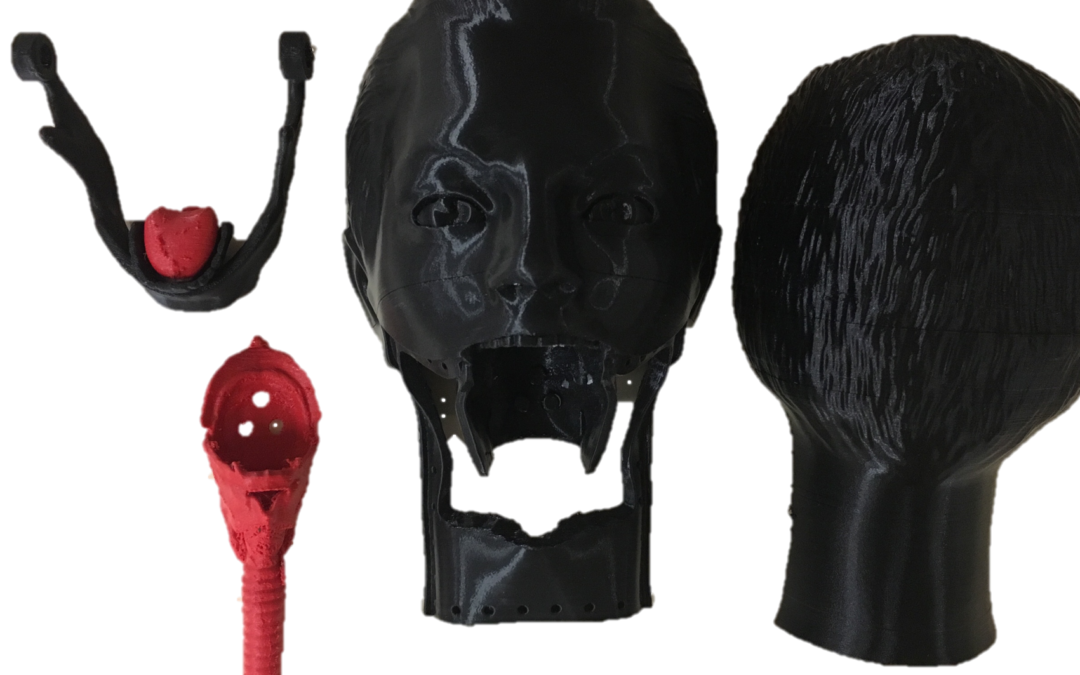3D printing – the production of three dimensional objects by the sequential addition layers of a building material atop each other according to a pattern – has been around for some time now, and 3D printers are being used today to produce everything from paperweights to entire houses. In September 2017 Ms. Lily Park and Dr. Kashif Pirzada presented their work on the development of a 3D-printed endotracheal intubation simulation model at Stanford University’s Medicine X event. In our IGHPE podcast, they discuss the genesis of their work and the role of 3D printing in medical education.
Lily Park is a second-year medical student at the University of Ottawa, and a graduate of the Bachelor of Health Sciences Program at McMaster University. She has a strong interest in the intersection between medical education and technological innovations in healthcare, particularly through 3D modelling and printing, as well as point-of-care ultrasonography (POCUS). She has helped plan and lead medicine-related 3D printing workshops for her peers and is actively advocating for the integration of POCUS training in the University of Ottawa’s medical curriculum. She has also been implementing innovative ideas to promote student wellness throughout her studies.
Kashif Pirzada is an Emergency Physician practicing in Toronto. He holds academic appointments with the University of Toronto and McMaster University and is an Investigating Coroner for the Province of Ontario. His main academic interests are in applying new technologies, particularly 3D-printing, deep learning and mobile apps, to improve medical education and patient treatment.
Ms. Park and Dr. Pirzada are both convinced that we are only just beginning to realise the potential medical and educational applications for 3D printing, and would welcome hearing about your ideas. You can see their contact details and find out more about their work in their Medicine X presentation.

